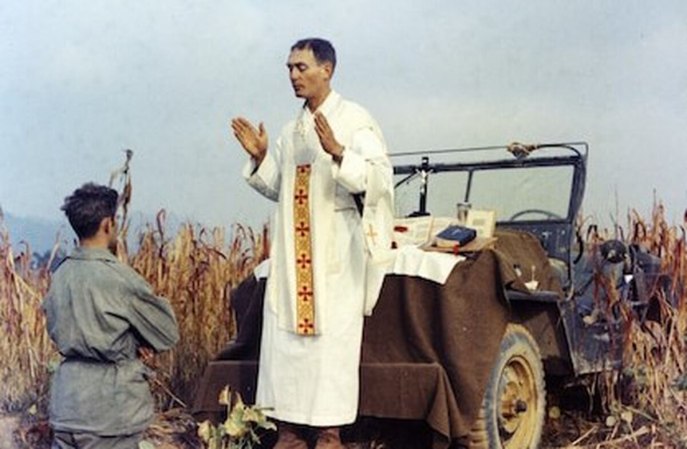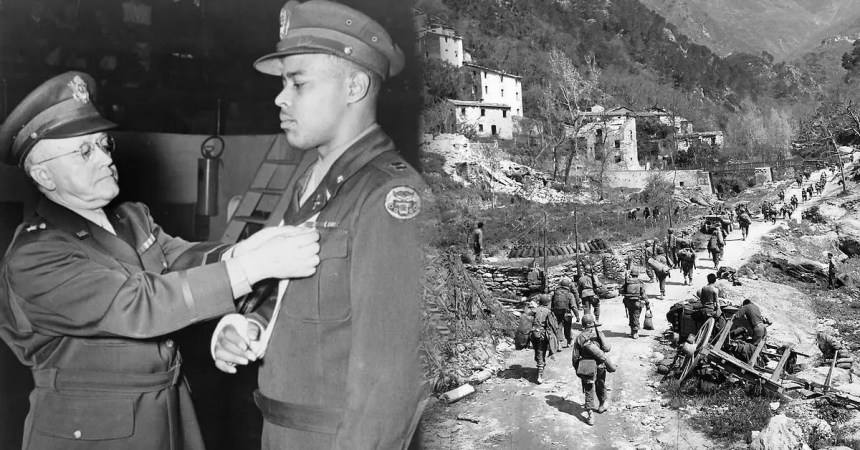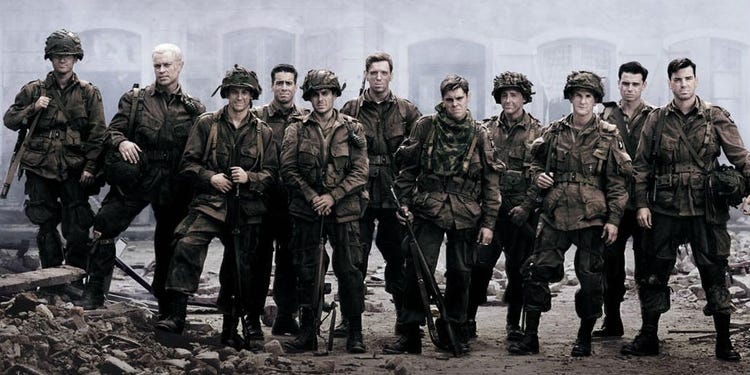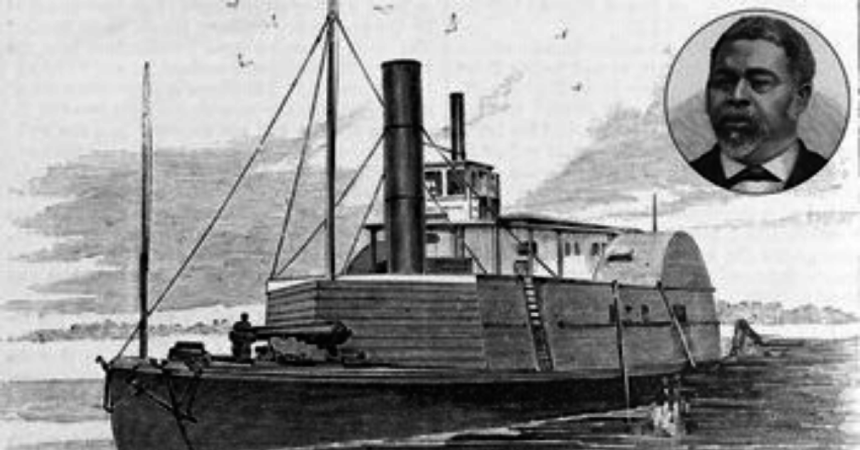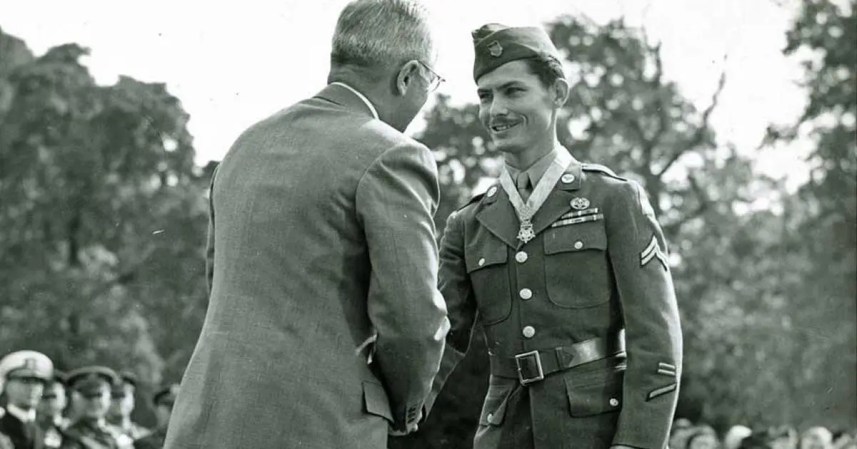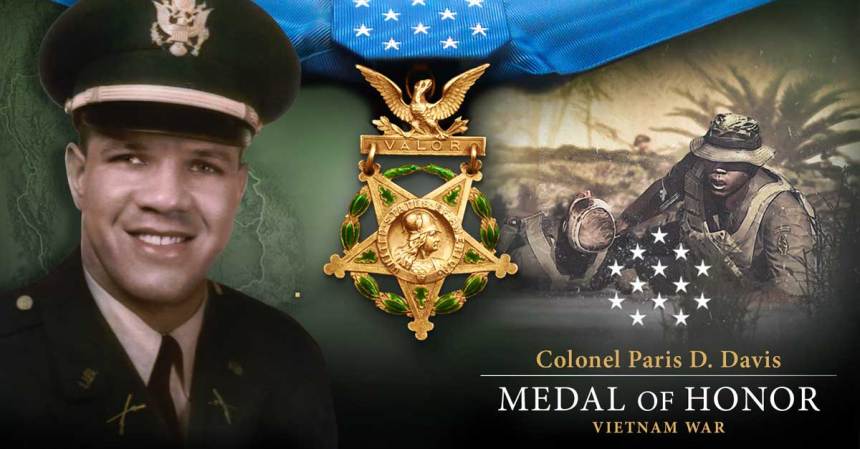How are babies made? Well, a mommy and daddy fall deeply in love, get married, and give birth to national heroes.
Here are five dinner tables from history where any third siblings must have felt really awkward as their brothers wore matching Medals of Honor every Christmas:
1. John and William Black

Union Capt. William P. Black received the Medal of Honor for actions on March 7, 1862. His regiment was outnumbered by rebels and his Company I covered the retreat. Fierce fire cut down the Union soldiers and the younger Black was forced to hold the line on his own with a Colt revolving rifle after he was shot in the ribs. He later wrote home about the battle and left out his heroics.
The older brother, Lt. Col. John C. Black, received the Medal of Honor for actions on Dec. 7, 1862. His regiment was sent against Confederate lines that had just repulsed two other charges. Black sent out skirmishers and marched at the head of his men, but a large group of enemy infantry jumped from hiding places in the ground and fired. Despite serious wounds, Black led an organized withdrawal under fire and the regiment continued to protect Union artillery.
2. Charles and Henry Capehart

Army Maj. Charles E. Capehart was leading a cavalry force at midnight on July 4, 1863, after the Battle of Gettysburg when he saw a column of retreating Confederates through the darkness. Heavy rains and a lack of light created dangerous conditions for horses at night, but Capehart led a charge that allowed the destruction and capture of most of the Confederate equipment and troops.
Doctor and Union officer Henry Capehart was leading a brigade of cavalry in West Virginia in combat on May 22, 1864, when he spotted a drowning soldier in the river. Under fire, he swam into the river and rescued his cavalryman.
3. Harry and Willard Miller

Seaman Willard Miller and his younger brother, Quartermaster 3rd Class Harry Miller, were Canadians who enlisted in the Navy and volunteered for a risky operation at the start of the Spanish-American War. The Navy wanted to cut off Cuba’s communications with the rest of the world, requiring a raid on two underwater cables.
Two small boats went within 100 feet of batteries and rifle pits on the shore as the crews searched out the underwater cables, grappled them with hooks, and raised them to the surface to be cut with hacksaws. At one point, the boats were under pistol, rifle, and artillery fire from the shore and the U.S. naval artillery support was forced to fire just over the boat crew’s heads.
4. Allen and James Thompson

During the Battle of White Oaks Road, Virginia, the Confederates carried the first day of fighting on March 31, 1865. The Union was trying to cut through the rebels and severe Gen. Robert E. Lee’s lines of communication with Maj. Gen. George Pickett.
On April 1, the Union was back at it and Privates Allen and James Thompson made a dangerous reconnaissance through the thick wood bordering the road. They found paths large enough for the heavy artillery to make it north and bombard the Confederate positions, assisting the Union’s victory that day. Allen was 17 and James was 15 at the time.
5. Antoine and Julien Gaujot

Antoine and Julien Gaujot are the only brothers to receive the Medal of Honor in two different military campaigns.
In December 1899, Cpl. Antoine Gaujot was serving in the Philippines at the Battle of San Mateo. His unit was under heavy fire and needed to cross a river. He twice attempted to find a fording point. When that failed, he swam across the river and stole a canoe from the enemy side.
Twelve years later, Capt. Julien Gaujot was serving on the border with Mexico when a battle between Mexican government troops and rebels spilled over the border. Gaujot crossed to the Mexican side and negotiated a surrender of Mexican forces and helped them evacuate to American lines. He also rescued wounded from each side and took them to the U.S. for medical treatment.



